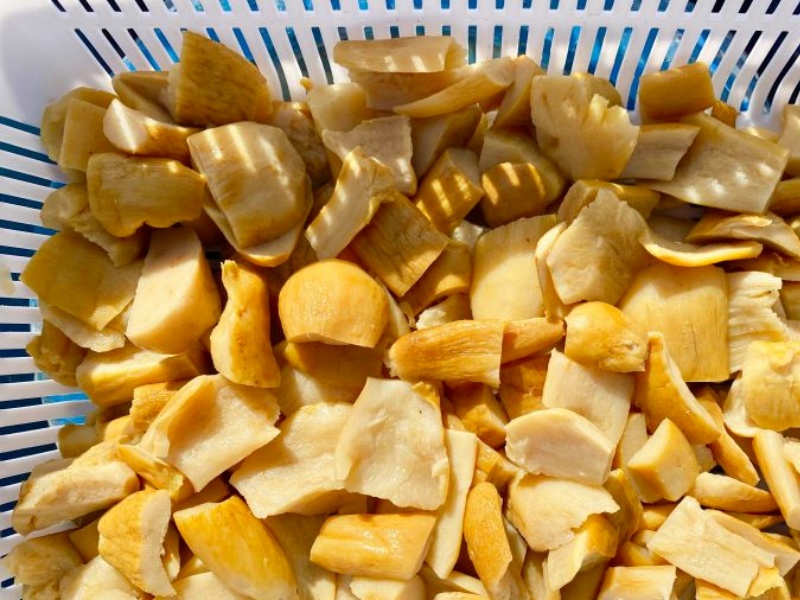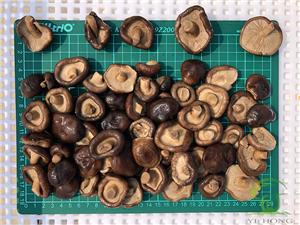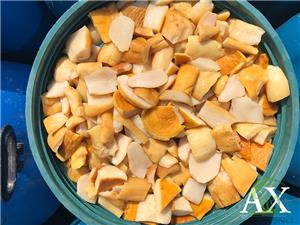Five Preservation Techniques for Edible Fungi Storage
Edible fungi are ingredients with high nutritional value and high consumer demand. It is important to maintain their freshness and quality. Proper preservation techniques can extend shelf life and ensure freshness and taste. This article will introduce five common edible fungi preservation technologies: low-temperature storage, controlled atmosphere preservation, salting preservation, chemical preservation and biological preservation.

Low temperature storage and preservation technology:
Low-temperature storage is a method to lower the temperature and extend the shelf life of edible fungi. Commonly used refrigeration methods include rinsing, color protection, pre-cooling and cold storage management.
Modified atmosphere preservation technology:
Controlled atmosphere preservation inhibits the metabolism and microbial activity of edible fungi by adjusting the concentration of oxygen and carbon dioxide, thereby extending the preservation period. In addition to controlling the gas composition, it is also necessary to maintain low temperature to obtain better preservation effect.
Salting preservation technology:
Salting preservation technology uses salt to inhibit the growth and reproduction of microorganisms. This technology is widely used in the food industry and is suitable for a variety of foods such as meat, fish, and vegetables. It can maintain the freshness and taste of food in different environments.
Chemical preservation technology:
Chemical preservation uses chemicals of appropriate concentration to impregnate edible fungi to extend their shelf life.
Biological preservation technology:
Biopreservation uses beneficial microbial metabolites to improve the storage conditions of edible fungi, delay aging, and improve quality. In practical applications, microorganisms with antibacterial and antioxidant effects can be selected and their metabolites can be used to preserve edible fungi.
Our brine wild boletus:
Our brine wild boletus comes into being using the traditional salting process, which not only effectively extends the shelf life of brine wild boletus, but also retains the original nutrients and unique flavor of brine wild boletus. Our brine wild boletus is delicious and healthy, and is operated using clean and safe technology to ensure the food safety of brine wild boletus.

- Company News
- Industry News
- Product News
- Video




